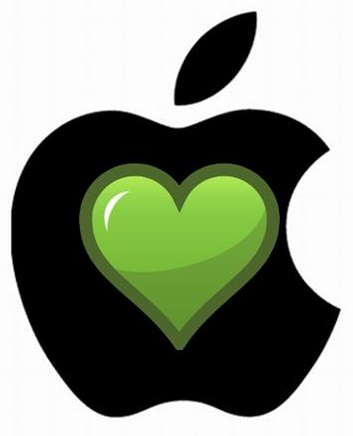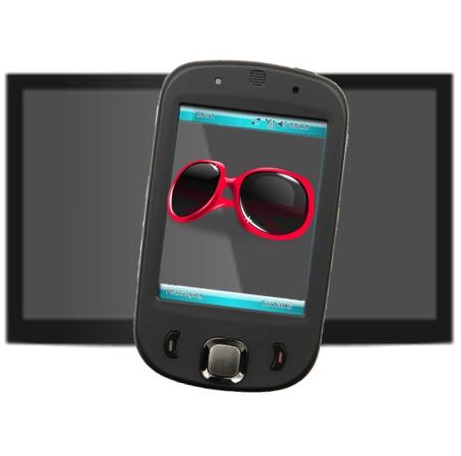 Consumers still favor Apple phones over other smartphone devices.
Consumers still favor Apple phones over other smartphone devices.
The latest technology news from a survey conducted by BuyVia, a shopping website and app, shows that Apple’s upcoming iPhone is the preferred mobile phone upgrade choice among survey participants.
BuyVia has discovered there are three specific phone features smartphone consumers want.
When it comes to their next smartphone purchase, the majority of consumers who took part in the survey revealed that they desire a device that is equipped with a bigger screen, a faster processor, and a smaller price tag. This technology news will no doubt be highly useful to mobile developers who are interested in knowing what consumers want so they can satisfy these desires and become the top choice.
The technology news revealed in the survey suggests consumers are happy with their current mobile platforms.
While the BuyVia survey results found that 41% of consumers who took their survey have their sights set on the next iPhone should they choose to upgrade their mobile device, it was revealed that 42% of survey participants who are currently with Android have no intention of switching to Apple. Likewise, 46% of iPhone users who took part in the study do not intend to opt for Android. Thus, it appears that as far as smartphone technology news is concerned, on the whole, consumers know which platform they prefer and intend to stick to it.
However, the survey did point out that although Apple remains ahead of the game in terms of being the smartphone upgrade of choice among consumers, it’s appearing to lose its dominant ground. According to Norman Fong, the co-founder and CEO of BuyVia, “Our survey finds that people still want the iPhone, but it’s clear their popularity is somewhat eroding. Consumers are more discriminating about features and pricing, no matter what platform they buy.”
Fong went on to say that it doesn’t matter what amazing innovative or cheaper product Apple may offer in the future. Competition is high and “no position is safe and everyone has to continue to step up their game.” This technology news, although not surprising to some, shows that the fight among competitors is fierce and competition among top smartphone platforms is likely to grow stronger in the future.

 Prototypes for second screen gadgets may increase shopping from television viewers.
Prototypes for second screen gadgets may increase shopping from television viewers.